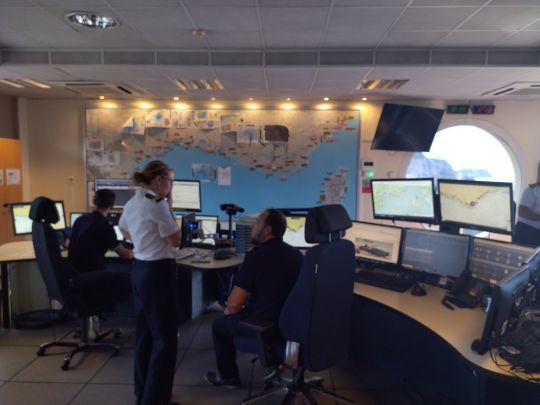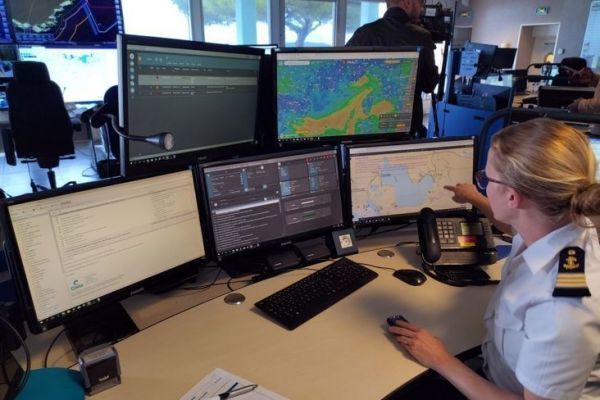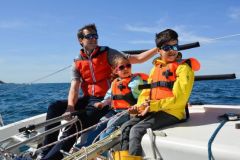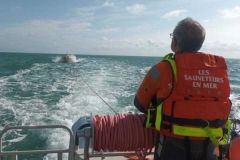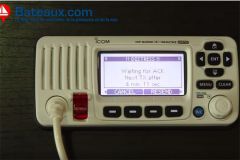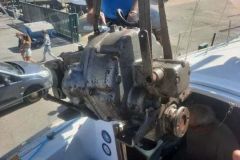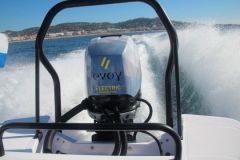A multi-operational role
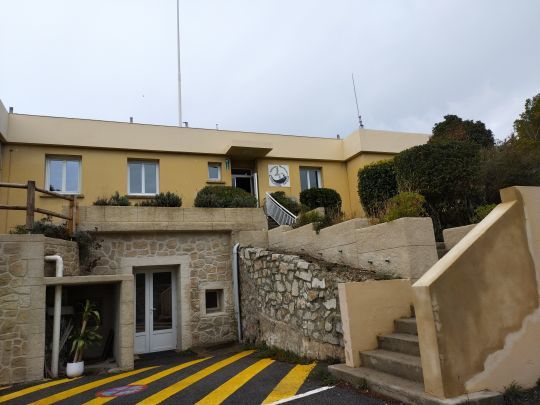
Created in 1968, two years after its Atlantic counterpart, the Cross Med , for Centre régional opérationnel de surveillance et de sauvetage de la Méditerranée, is based at La Garde, near Toulon. On the heights of the Var, officers and operators see the sea, but don't look at it. The Cross Med is responsible for an area covering 1,900 kilometers of coastline, spread over 9 départements, as well as the whole of Corsica.
The Cross' mission is to :
- search and rescue
- navigation surveillance
- pollution monitoring
- marine fisheries monitoring
- marine assistance service
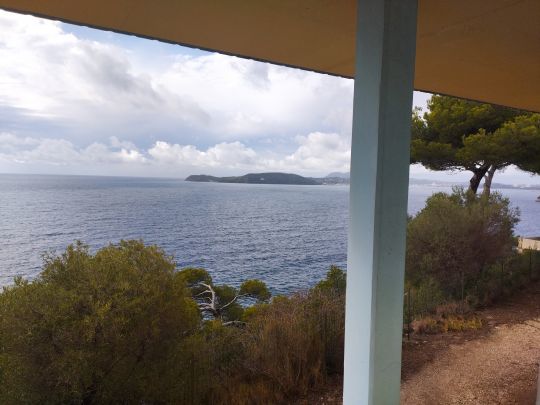
On duty day and night, and every day of the year, the entire team keeps an eye on all maritime traffic and ensures an operational watch in the event of a distress call. To carry out this surveillance, CROSSs are equipped with the latest technologies for their information, operating and communication systems.
Response resources under CROSS operational control
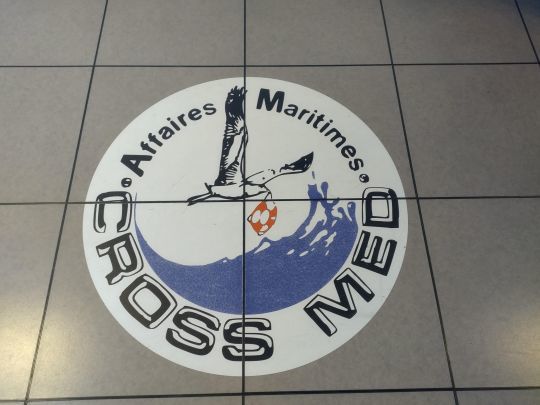
Drownings, shipwrecks, diving accidents or disappearances at sea: the missions are highly varied and require a response adapted to each situation. The Cross has a multitude of nautical, land and air resources at its disposal to achieve its objectives. Offshore and inshore speedboats, RIBs, jet-skis, airplanes and helicopters: the list is long, and comes directly from state administrations, with the exception of the SNSM fleet, which remains under associative status.
This represents 70 watercraft and 30 airborne resources, which have to carry out over 3,000 operations a year on the Mediterranean coast.
A high-tech operations center
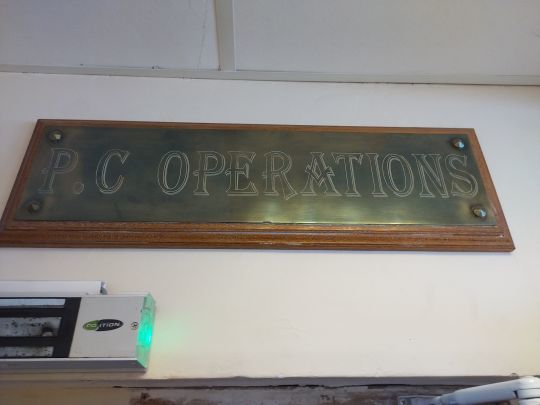
All distress calls made on 196 or via VHF reach the Cross operations center directly. A large map of the area covered by the Cross Med is displayed in the operations center. It shows all available resources and their radius of action.
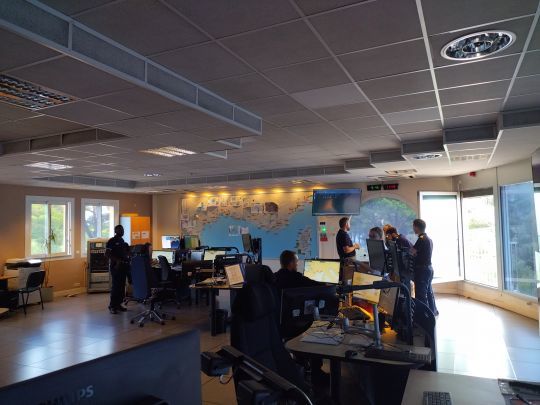
The Guard center is divided into two zones. The first zone receives the call and analyzes it, gathering as much information as possible. This information is then passed on to the watch commander, who determines the appropriate resources to mobilize, and contacts them. He then uses a software program specific to Cross: Seamis. This will monitor the operation and help coordinate the resources deployed.
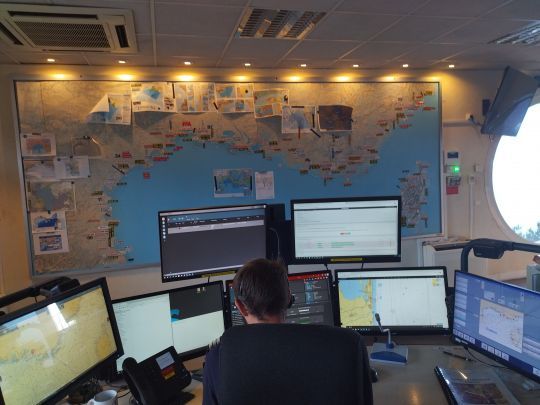
But here, computers have their limits, and artificial intelligence is out of the question. The watch leader and his team must adapt to each situation, and use their seamanship to complete each mission.
